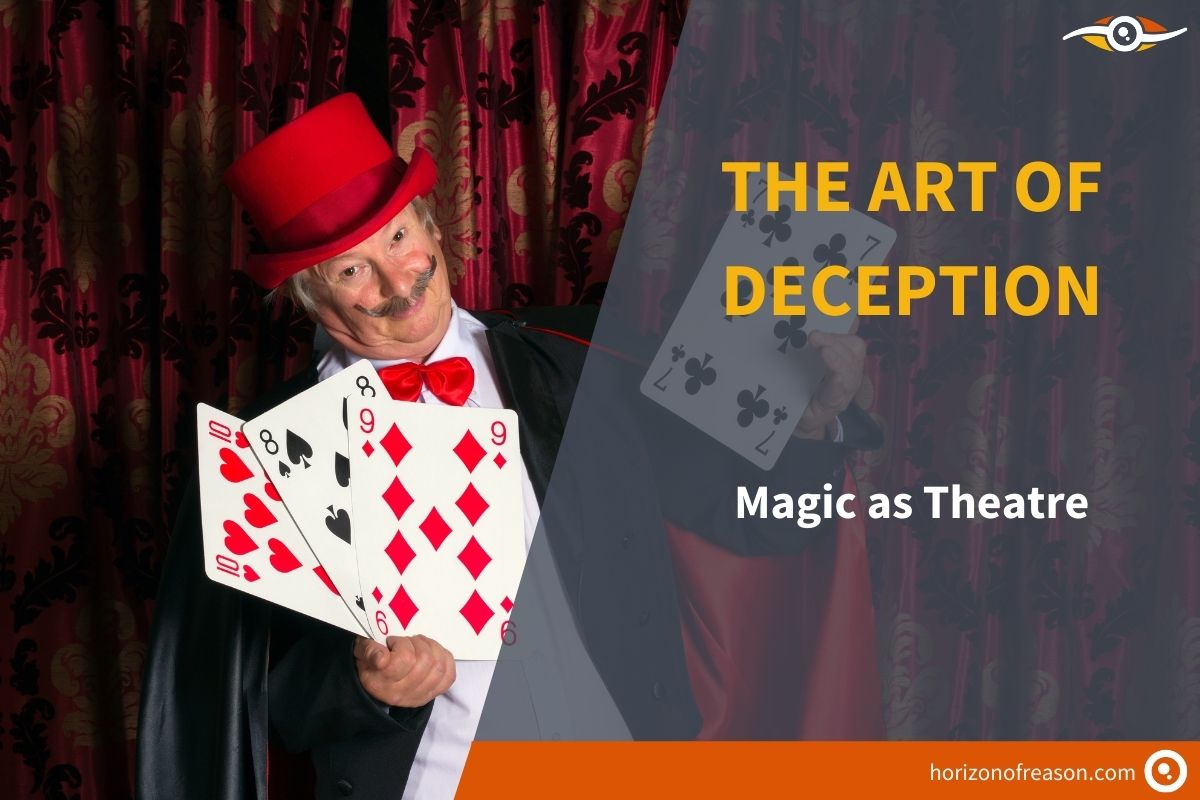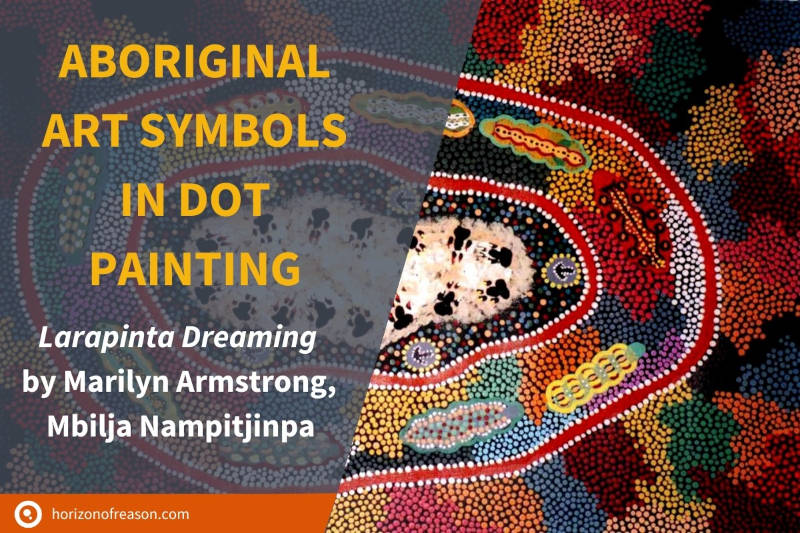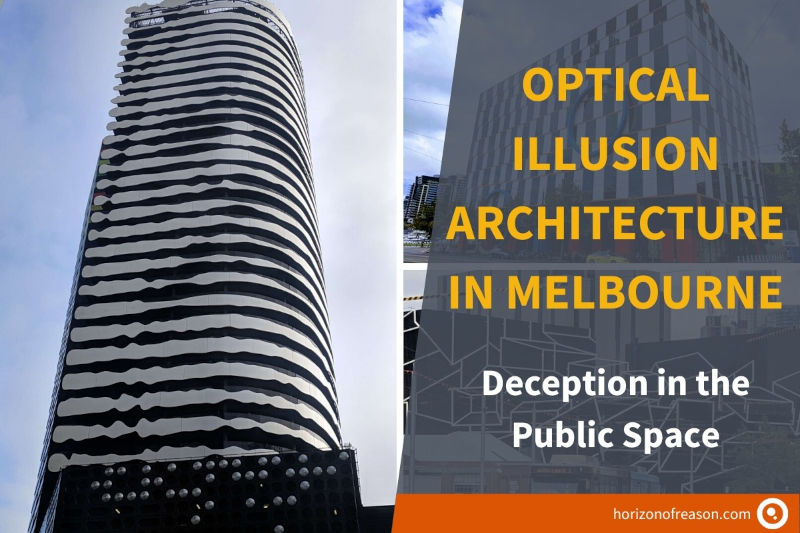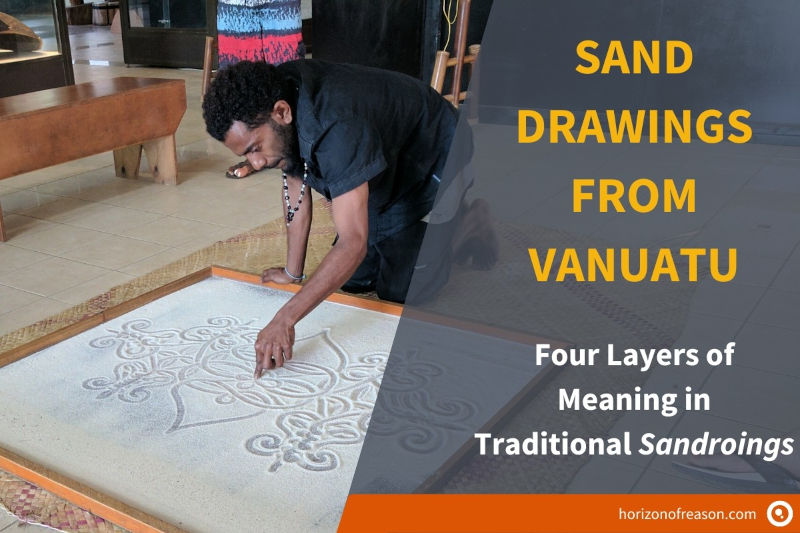
The Art of Deception: Magic Theatre as an Art Form

Peter Prevos |
1656 words | 8 minutes
Share this content
Magicians are not regarded as artists in the same way as actors, dancers and musicians are. Magic theatre plays a modest role in the world of show business and is more aligned with sideshows and circus than with theatrical art. Most would deny magic the status of an art form as it has a lowly status in the hierarchy of the dramatic arts.1 Not perturbed by their lowly status, magicians themselves often refer to their performances as an art form. This article discusses how magic theatre can be seen as an art form.
Are magicians artists and is performing magic an art form in the same way that other forms of ‘serious' theatre are art? Discussing whether magic is an art or not is almost futile as there are many equally valid interpretations of what constitutes a form of art.
As an art form, magic is an informal form of theatre that resides in the niches of contemporary culture. Most people rarely experience a live magic performance and would struggle to recall the names of magicians. The majority of magic performers does not appear on television or works in regular theatres. They perform in many types of venues not traditionally associated with theatre, children's birthday parties, restaurants, the street, at conventions and so on. This unique nature of magic implies that it cannot be analysed in the same way as you would a traditional theatrical performance. This essay proposes that magic cannot be examined using the traditional concept of theatre but that it is a form of ‘epic theatre' as conceptualised by Bertold Brecht.
Theatrical Art
Theatre is traditionally considered to be a ‘closed' Aristotelian form of art, characterised by the unity of time, place and action.2 The objective of ‘closed theatre' is that the audience to temporarily forgets that they are watching actors on a stage. The role of the writers, actors, directors and others is to ensure the “ suspension of disbelief” by spectators. The audience is enticed to believe in the virtual reality staged in front of their eyes. Nineteenth-century French magician Robert Houdin, the father of modern magic, is famous for saying that a magician is an actor who plays the role of a real magician.3 Houdin's definition of a stage magician matches the Aristotelian concept of theatre. In his view, the objective of magical theatre is to convince spectators that the person they are watching is a real magician, a person that can contravene the laws of physics. From this perspective, a magic show is an Aristotelean art form, assuming the magician can, at least temporarily, convince spectators that she possesses supernatural powers.
However, the closed concept of theatre cannot be generically applied to contemporary magicians. Any intelligent observer realises that magicians use devious techniques to create the illusion that he evokes magical powers. The audience is astutely aware that a conjurer cannot produce playing cards from thin air or cause balls to penetrate solid metal cups. For magic to be considered theatrical art in the traditional sense, it requires spectators to suspend their disbelief. Modern viewers are, however, not able to fully immerse in the magical world created by the magician to the same extent that they are willing to suspend their disbelief when watching a film or play.
The intellectual challenge inherent in magic theatre engenders a tension between the audience and the magician. “How did she do it” is always on the mind of the spectator. The main difference between magicians and actors is that magic performances are often about the adventures of the props in the hands of the magician, while plays and films are about the adventures of the individuals themselves.4 The lack of human interest in most magic makes it almost impossible for disbelief to be suspended. Perhaps there is another way to interpret magic performances.
Magicians and Bertolt Brecht
A significant difference between traditional closed theatre and magic is that conjuring almost always involves direct communication and interaction between the performer and the spectator. In traditional theatre, there exists a so-called fourth wall, an imaginary division between performers and audiences. The fourth wall is an invisible one-way screen placed on the edge of the stage. The audience can see and hear the actors, but the characters played by the actors, cannot perceive them. In a magic show, especially close-up magic, this wall doesn't exist as spectators form an active part of the performance. “Pick a card, any card”, are commonly heard words in close-up magic shows and the observer participates in the performance. Traditional theatre occasionally breaks through the fourth wall when a character in a play refers to the fact that they are part of a performance. These considerations imply that the Aristotelian idea of theatre does not apply to magic, in particular, close-up magic.
German playwright Bertolt Brecht developed a view of theatre that contrasts the Aristotelian view. One of the techniques he used was the distancing effect (Verfremdungseffekt). This effect happens when an actor, implicitly or explicitly, indicates being part of a performance, deliberately breaking through the fourth wall. In Brecht's concept of theatre, actors often break through the fourth wall and spectators are not expected to identify emotionally with the characters. In Brechtian theatre, audiences are rationally engaged with the proceedings, which he calls this epic theatre.5
A magic show cannot be analysed according to the rules of traditional theatre but are best interpreted as a form of epic theatre. In magic, there is usually no need for emotion or storytelling. Magic has an inherent story to tell, embedded within its very nature. Each magical effect contains the powerful message that reality is not what it seems to be.6 Magic performances are thus an inherently philosophical form of theatre. The magician temporarily creates a virtual world where miracles are possible. It is in this Brechtian sense that magic theatre can be considered a theatrical form art. Magic is a form of epic theatre in which the magician presents the ordinary in an unusual way. The magician indicates the horizon of reality and creates an intellectual challenge for the audience. Not a simple puzzle to be resolved, but a deeper truth about how we experience reality.
This concept can be demonstrated using two performances by Dutch magicians Fred Kaps and Tommy Wonder.
Fred Kaps
Fred Kaps (1926–1980) is one of the best magicians of the last century. Kaps, the stage name of Bram Bongers, had an inimitable performance style, characterised by flawless technique and an engaging presentation. Kaps is the ultimate conjuring actor, and his performance of The Homing Card is an example of dramaturgic perfection.
In this performance, Kaps is in constant conflict with himself as he experiences a series of escalating emotions. The first time he notices the wrong card he is surprised but ignores the issue. The second time the trick goes wrong, Kaps is embarrassed and tries to figure out what's going on. The third time the wrong card appears he is disappointed in himself but proceeds nevertheless. The fourth and last time the wrong card appears, he even shows anger and eventually capitulates.
This performance is and example of an Aristotelian form of theatre, but not following Houdin's concept of the actor playing a wizard. Kaps does not pretend to be a real magician, but a plays the role of a failed stage magician.
Tommy Wonder — Epic Theatre
Another Dutch magician is Jos Bemelmans, better known as Tommy Wonder. Bemelmans wrote two of the most influential books in contemporary magic, in which he thoroughly analyses the dramaturgy of a magic show.7
The spectators in this show actively participate, demolishing the fourth wall. The routine consists of several stages, with increasingly strong effects. A distinctive aspect of this performance is the appearance of the pompom and the pouch under one of the cups. In traditional versions of this trick the final climax is the appearance of fruit or bigger balls. Tommy Wonder's performance is a high-quality piece of magic where spectators are continuously astonished. The power of the close-up magic is not the proximity between the performer and the audience, but that the audience actively experiences the magic, instead of passively consuming the performance.8
This performance can not be analysed following the traditional view of theatre, but is a prime example of epic theatre. There is no fourth wall and the performance is not about a story, but about pure illusions. This performance creates an intellectual challenge for the audience, which is what Brecht sought to achieve in his form of theatre.
Magic Theatre as an Art Form
Magic is a form of epic theatre as explained by Bertolt Brecht. Most magic performances are not traditional theatre, in which disbelief is suspended, but performances where the magician conveys an alternative worldview. Magic is not about storytelling or intellectual challenges but, at least temporarily about taking us back to a natural state of astonishment, the child's world view.9
Like to know more about magic as an art form? Read my book Perspectives on Magic for more scholarly reflections on theatrical magic.
Footnotes
Michael Mangan, Performing Dark Arts. A cultural history of conjuring (Bristol en Chicago 2007).
Disselkoen, Dick ed., Twaalf Opera's als Spiegel van hun Tijd (Heerlen en Nijmegen 1993).
Julian M. Olf, ‘The actor and the magician', The Drama Review: TDR 18 (1974) 53-58.
Eugene Burger en Robert E. Neale, Magic and Meaning (Seatlle 1995).
Disselkoen, Twaalf Opera's.
Burger en Neale, Magic and meaning.
Tommy Wonder, The Books of Wonder (Seattle 1996).
Paul Harris, The Art of Astonishment I (California 1996).
Paul Harris, The Art of Astonishment I (California 1996).
Share this content



